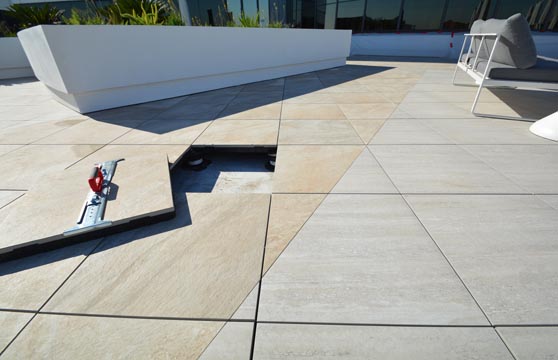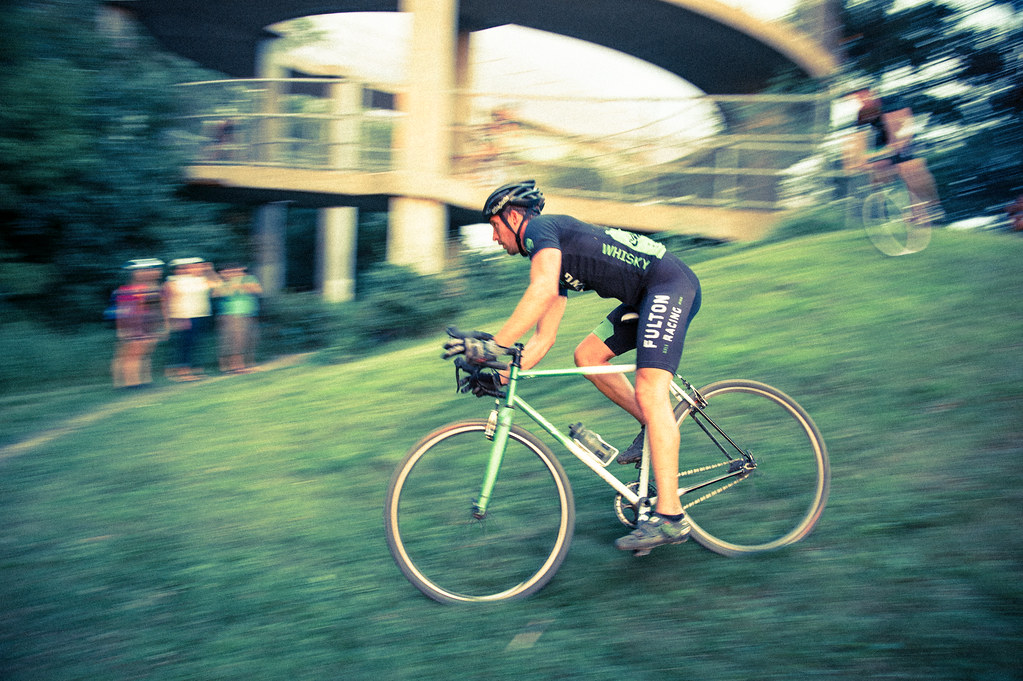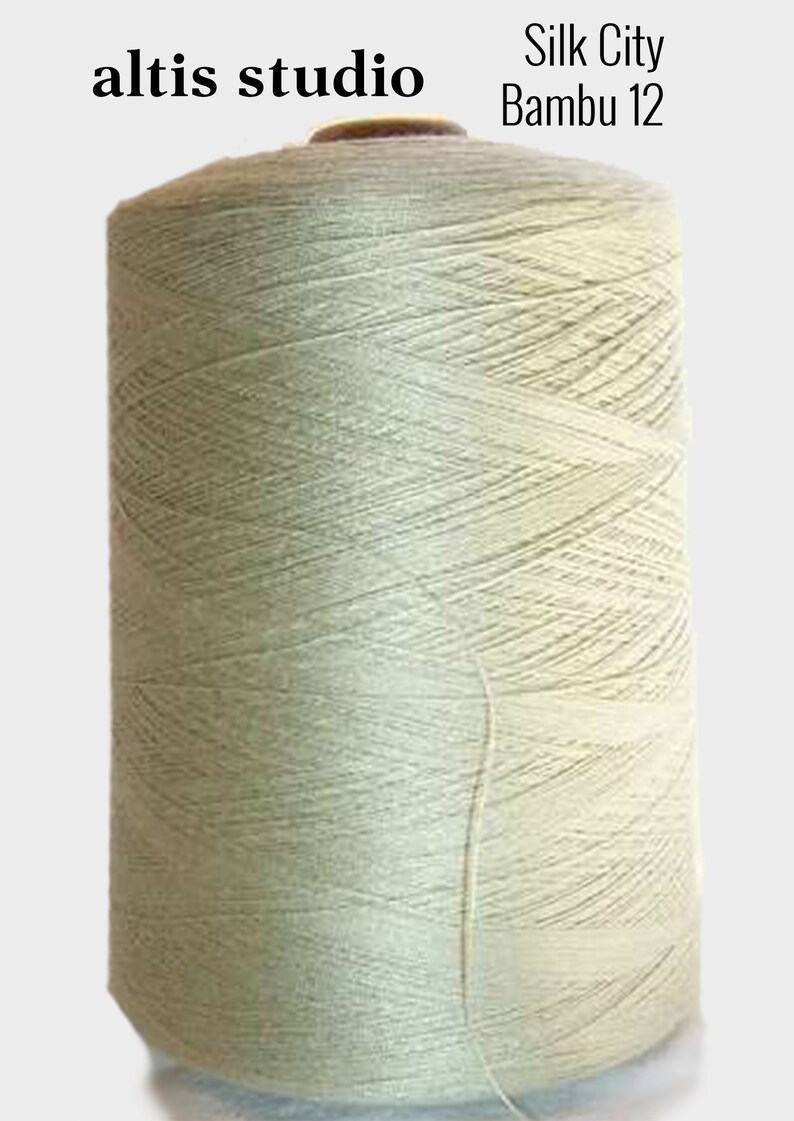


To briefly explain these features, road embedding generally refers to a way to represent road networks as vectors and can also help reduce dimensions of the network while capturing the topology of the network. By using a predictive approach ALF-Score is able to generate walkability scores with high spatial resolution allowing us to predict walkability scores for any point along a road network. This predictive approach allows us to use various important features currently not utilized by most existing walkability measures, such as road network structure as nodes, road embedding, complex networks centrality measures, and user opinion along with a new approach of using machine learning to estimate walkability scores. In our previous paper, we created the Active Living Feature Score, ALF-Score 18, a completely new approach to measure walkability. For the purpose of comparison in this paper, we choose Can-ALE 17 as it is commonly used by researchers and end-users alike. The important limitations of previous works 12, 13, 14, 15, 16 include: incomplete use of road structures, lack of predictive models, low spatial resolution, lack of user opinion, lack of personalization, and limited transferability to new cities. These limitations are important and are the result of limited interdisciplinary work between the fields of computer science, public health, and urban planning. But there are some noticeable drawbacks and opportunities to improve these measures. Both Walk Score and Can-ALE are heavily used/cited 8, 9, 10, 11. These measures each has different strengths and limitations. While a number of city-specific walkability measures have been developed, there are two prominent, national-level walkability measures available in Canada: Walk Score and the Canadian Active Living Environments measure (Can-ALE). There are a number of existing walkability measures that provide walkability scores for Canada each with different strengths and limitations. Although there are multiple conceptual definitions of walkability in the literature 1, 2, 3, 4, 5, 6, 7 there is no single agreed-upon operational definition of walkability. Walkability is a concept that many researchers have used to operationalize characteristics of the environment that support walking.

MAE error of 13.87 units (ranging 0–100) was achieved for transfer-learning using MLP and 4.56 units for direct-training (random forest) on personalized clusters. John’s NL and Montréal QC and used them to predict walkability scores for Kingston ON and Vancouver BC. We trained transfer-learned models for St. We propose ALF-Score++, that reuses trained models to generate transferable models capable of predicting walkability score for cities not seen in the process. Transferability enables reuse of already-learned knowledge for continued learning, reduce training time, resource consumption, training labels and improve prediction accuracy. Moreover, calculating walkability for all locations in all cities is very time-consuming. Road networks, POIs, and road-related characteristics grow/change over time. This paper explores new ways of applying transferability using transfer-learning. Our previous work proposed new approaches to address existing limitations. However, there are existing gaps in the literature.

Walkability is an important measure with strong ties to our health.


 0 kommentar(er)
0 kommentar(er)
